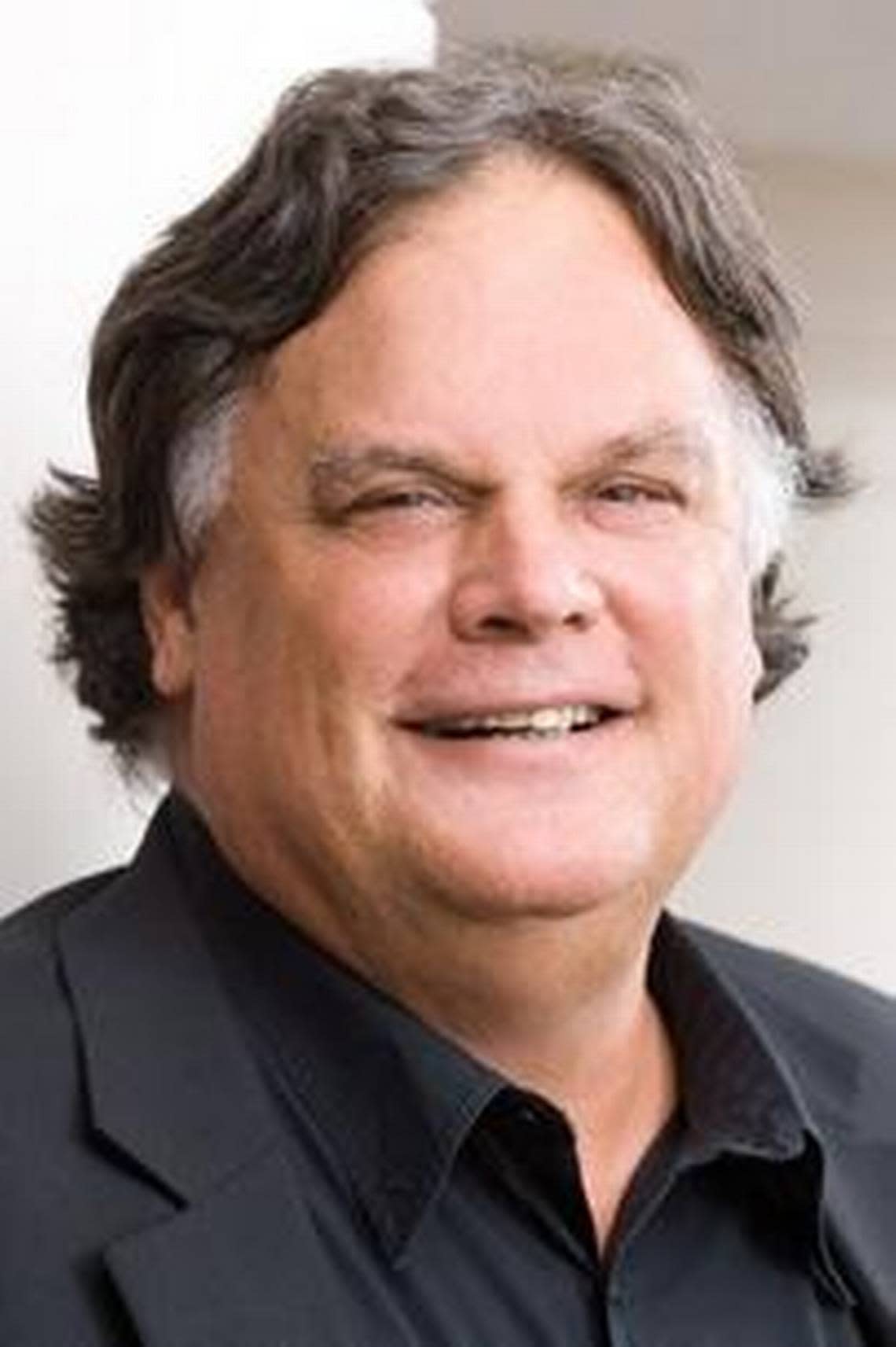The Supreme Court is misreading the intent of our Founding Fathers
We’ve been inundated, of late, with discussions of the original intentions of the Constitution’s framers. Justices Clarence Thomas and Samuel Alito claim to have elevated “originalism” to constitutional interpretation’s highest art.
To me, their efforts are thin, historically hollow, and almost always hypocritically inconsistent. Even worse, they lionize the brutal inequities of American “tradition.” But they’ve also made me recall the intentions of the most important framer on this front — Rep. John Bingham, principal author of the 14th Amendment.
Bingham, a Republican congressman from Ohio, was clear about his purpose in declaring states could not deny the privileges and immunities of federal citizenship, due process and equal protection of the laws. An early Committee on Reconstruction draft had used narrower language, understandably targeting the specific evil of racial discrimination. But Bingham demanded generalization, convincing the committee to scrap limiting restrictions and broaden the provision’s applicability. He sought:
“A simple, strong plain declaration that equal and exact justice shall be secured within every state for any person, no matter whence he comes, or how poor, how weak, how simple, how friendless. We propose to put it into the power of every man, woman and child, black or white, when his rights are invaded, to raise his hand toward the flag, and say, ‘I am an American citizen.’”

Justice Harry Blackmun’s opinion in Roe v. Wade was notably wobbly in identifying constitutional pedigree. Justice Sandra Day O’Connor’s powerful ruling two decades later, in Planned Parenthood v. Casey, rooted the abortion right more broadly in liberty and equality norms. She wrote: “The decision whether or not to bear a child is central to a woman’s life, to her well-being and dignity. It is a decision she must make for herself. When government controls that decision for her, she is being treated as less than a fully adult human responsible for her own choices. She is being denied both her full autonomy and full equality with men.”
In defining such foundational constitutive notions, Chief Justice Earl Warren wrote in Brown v. Board of Education (1954): “We cannot turn the clock back to 1868 when the Amendment was adopted.” Instead, the courts must interpret claims of liberty and equality “in light of (their) present place in American life.”
Other landmark rulings like Loving v. Virginia (1967) rejected historical restraints as “insufficient to resolve” the massive challenges presented; overtly turning, instead, to the Amendment’s “broader, organic purpose.”
Bingham was after the principle, not the particular. I’m guessing he would be thrilled with the evolving development of his proffered ideal meant to “set up a maxim for a free society, constantly looked to, labored for, spreading and deepening its influence.”
In a sense, Bingham supplements the views of the even bigger framer, James Madison. The Constitution’s main architect believed “the document must speak for itself, intention cannot be substituted for established rules of interpretation,” including the common law notion of “usus” — patterns of “actual government practice and judicial precedent.” These channels would “settle the Constitution by practice,” not by framer design. It was not happenstance that Madison blocked the contemporaneous publication of his notes on the constitutional convention. To him, they weren’t relevant to its meaning.
So, what of the framers’ intention that intention not matter?
Contributing columnist Gene Nichol is the Boyd Tinsley Distinguished Professor of Law at the University of North Carolina.
